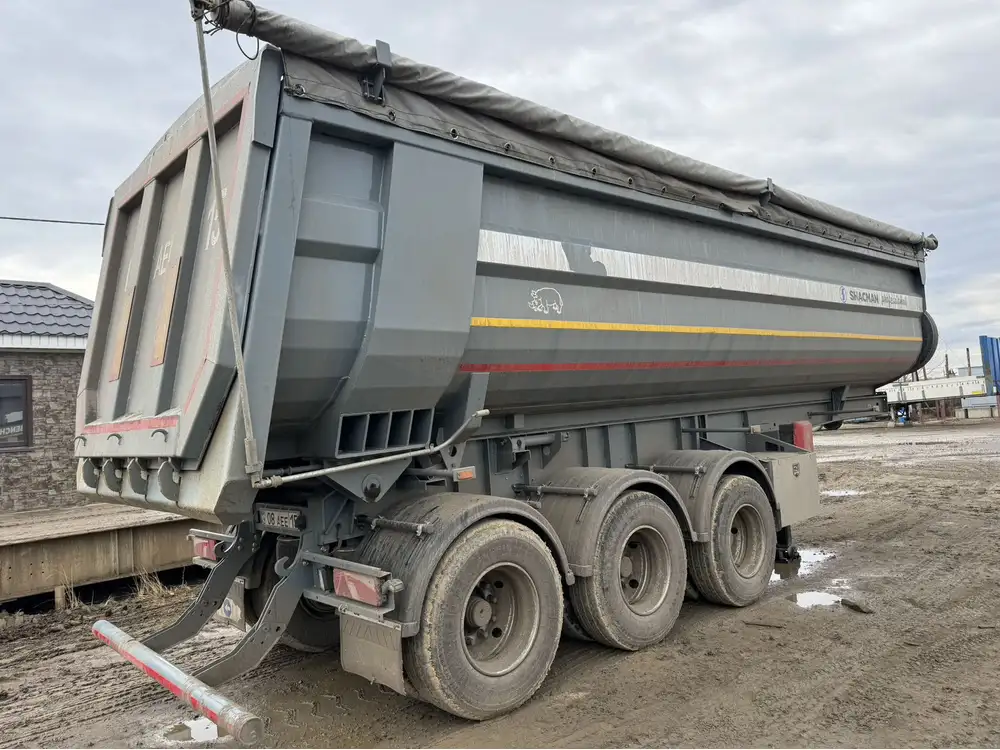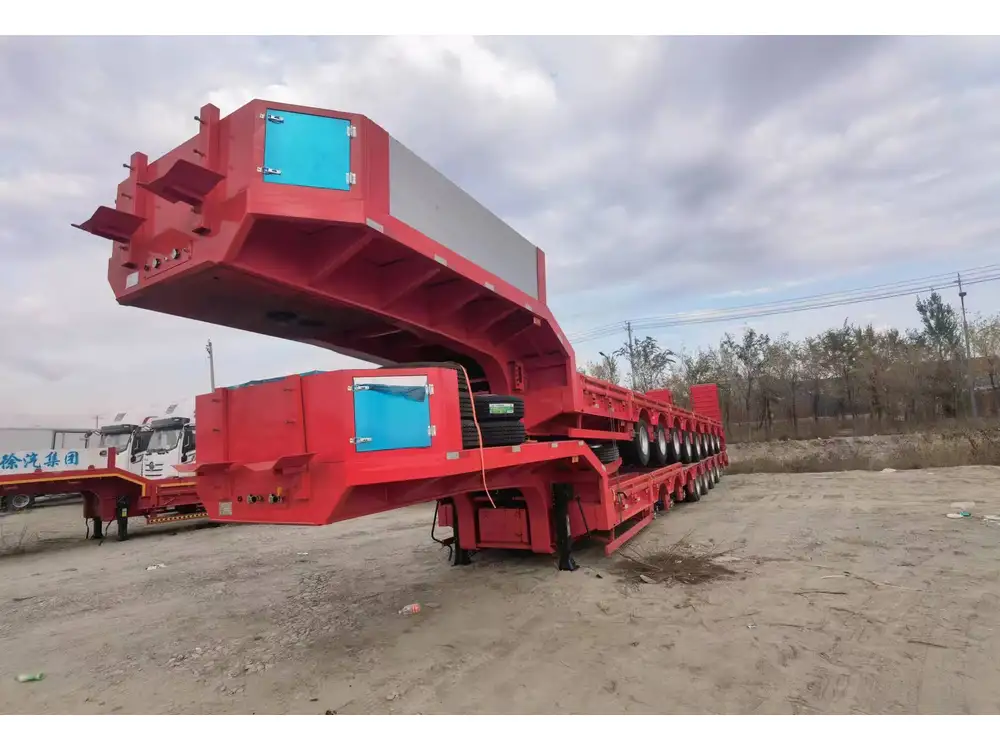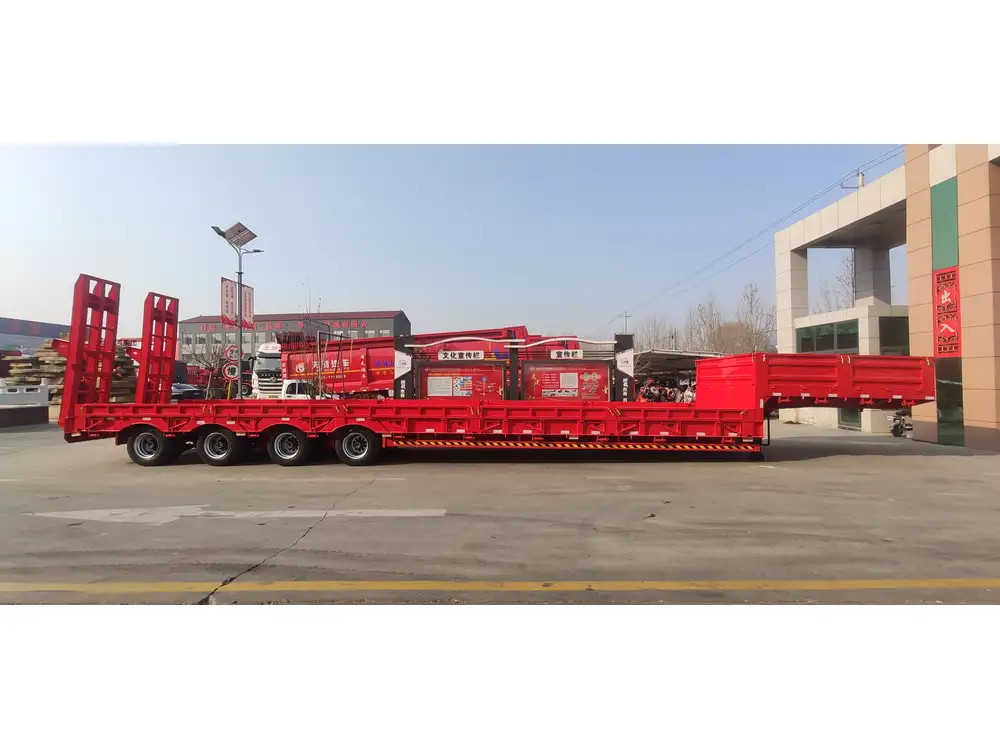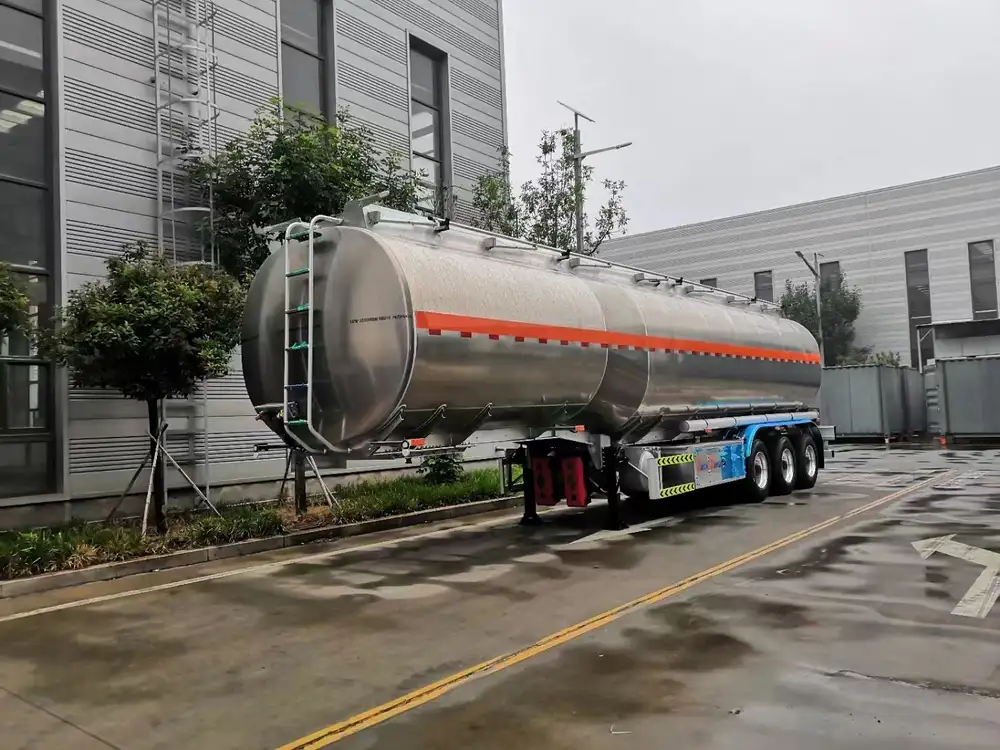When it comes to transporting vehicles, car hauler trailers play a pivotal role. However, understanding the dimensions, particularly the width of these trailers, is essential for making informed decisions. This article delves deeply into the wide-ranging aspects related to the width of car hauler trailers, addressing common concerns, regulations, and insightful comparisons that can aid both consumers and business owners alike.
What is a Car Hauler Trailer?
A car hauler trailer is designed specifically for transporting one or more vehicles. Depending on the configuration, these trailers can accommodate various vehicle types, from compact cars to larger SUVs and trucks. The design largely influences its width, which consequently impacts its usability on different roads and conditions.
Types of Car Hauler Trailers
Car hauler trailers come in several designs, each serving a distinct purpose. Understanding these variations is crucial for determining which trailer type best suits your needs.
| Type | Description | Typical Width |
|---|---|---|
| Open Car Trailers | Most common; features ramps for easy loading and unloading without overhead. | 82 to 102 inches |
| Enclosed Car Trailers | Provides maximum protection; ideal for luxury or classic cars during transport. | 90 to 108 inches |
| Multi-Car Trailers | Designed to carry multiple vehicles; often seen in commercial transport operations. | 96 to 102 inches |
| Tilt Trailers | Allows the trailer bed to tilt for easy loading; often used for lighter vehicles or ATV transport. | 82 to 90 inches |

How Wide is a Car Hauler Trailer?
Standard Widths
The standard width for most car hauler trailers usually fluctuates between 82 to 102 inches, based on the design and intended function. Understanding these dimensions can assist potential users in assessing roadway regulations and compatibility with their vehicles.
Factors Influencing Width
Several factors can influence the width of a car hauler trailer, including:
- Vehicle Type: Larger vehicles will naturally require wider haulers.
- Regulatory Requirements: Each region may enforce specific transport laws concerning width.
- Payload Weight: Trailers designed for heavier loads might feature wider frames for stability.

Legal Width Limits for Trailers
It is crucial to consider legal weight and dimension limits when selecting a car hauler trailer. In the United States, the maximum allowable width for trailers is typically 8 feet 6 inches (102 inches), although variations may exist depending on the state. Nonetheless, many manufacturers aim to stay within common industry standards to ensure broader marketability and compliance with state regulations.
State-by-State Width Regulations
| State | Maximum Trailer Width |
|---|---|
| California | 102 inches |
| Texas | 102 inches |
| Florida | 102 inches |
| New York | 102 inches |
| Michigan | 102 inches |
| Minnesota | 102 inches |
| Oregon | 102 inches |
Note: Check with local regulations for any specific exceptions or local guidelines.
The Impact of Trailer Width on Performance

Stability and Handling
Wider car hauler trailers generally offer better stability while on the road. A wider wheelbase can minimize swaying, particularly during high-speed travel or on uneven surfaces.
Fuel Efficiency
A wider profile can impact fuel efficiency, as they tend to create more drag. However, the improved stability may outweigh the slight increase in fuel consumption, making it a worthwhile compromise.
Loading and Unloading
Wider trailers can simplify the loading and unloading process, especially for larger vehicles. This aspect is particularly crucial when dealing with multiple vehicles, where precision is vital.

Choosing the Right Width for Your Needs
Assessing Vehicle Size
Before purchasing a car hauler trailer, it’s critical to evaluate the vehicles you intend to transport. Here’s a simple guideline to determine the required width based on vehicle size:
- Compact Cars: 82 inches is typically adequate.
- Midsize/SUV: 92 to 98 inches as a more comfortable fit.
- Large Trucks/Vans: 102 inches or larger for safety and stability.
Long-term Considerations
Consider future needs, as well. If you plan to expand your transport capabilities, it might be wise to opt for a slightly wider trailer, allowing you to accommodate diverse vehicle sizes.

Common Issues Related to Trailer Width
Overwidth Permits
Transporting overwidth trailers may require special permits, adding hassle to your logistics. These permits come with stipulations, such as travel time restrictions or the necessity of escort vehicles.
Road Restrictions
Certain roads, especially in urban areas, may have restrictions pertaining to trailer dimensions. Be sure to verify these details before setting off, as being flagged for width infractions can lead to costly fines and delays.

Maneuverability Challenges
While width is essential for vehicle transport, it may impair maneuverability, especially in tight spaces. When planning routes, it helps to accommodate the trailer’s size by favoring wider roads or less congested areas.
Enhancing Your Trailer Awareness
Inspections & Maintenance
Regular maintenance of the trailer, especially its components such as wheels and brakes, can prevent width-related issues like swaying or instability. Always adhere to the manufacturer’s guidelines for maintenance checks.

Load Displacement Considerations
Distributing weight evenly across a car hauler trailer is vital. An unbalanced load can affect not only the trailer’s handling but also its width-relative performance during transport. A well-distributed load contributes to overall stability and reduces the risk of accidents.
Incorporate Safety Features
Features like fenders, side markers, and reflective strips can enhance safety, ensuring the trailer remains within legal boundaries and is visible to other drivers regardless of width.
Conclusion
Understanding the width of car hauler trailers is crucial for manufacturers, transport businesses, and individual users alike. With varying widths catering to different vehicle sizes and transport needs, it is paramount to assess the factors above. By doing so, you ensure compliance with legal standards, enhance operational efficiency, and maximize safety during transport.
In the ever-evolving landscape of vehicular transport, having a clear grasp of your trailer’s specifications – particularly its width – can make a significant difference in your operations. Additionally, as consumer preferences continue to diversify, staying informed about car hauler needs will provide a competitive edge in the market.



